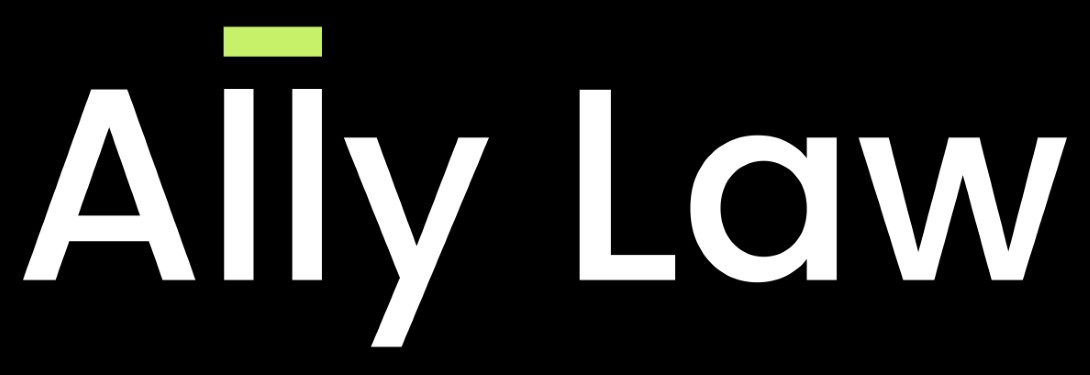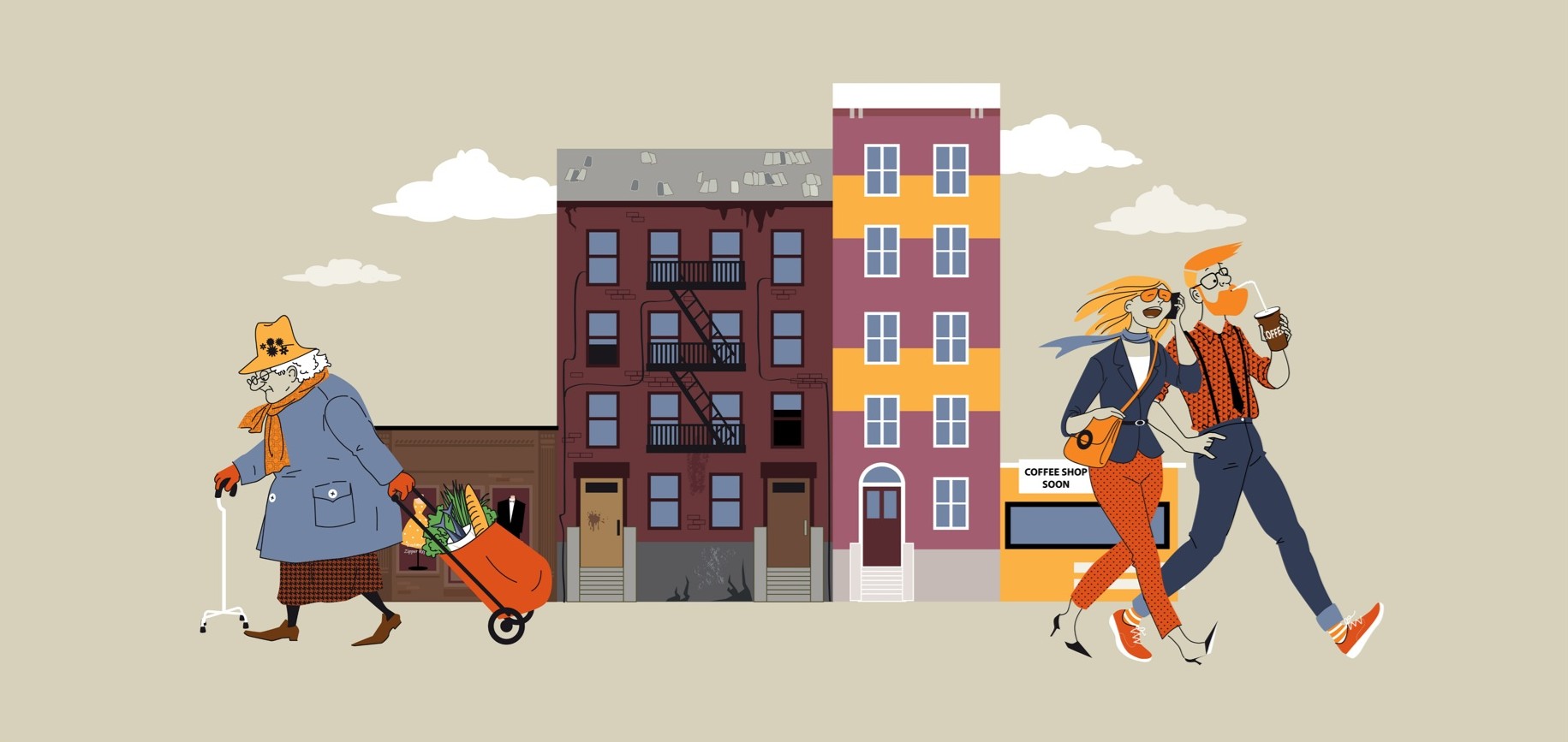Hong Kong, 21 May 2025: Journalist Dan Rottenberg is credited with first printed use of the term “yuppie” – short for young urban professional – in an article for Chicago magazine in 1980. He noted the city centre had sprouted multiple new apartment blocks to accommodate upwardly mobile residents keen to avoid the stodgy suburban lifestyles of their parents. “The yuppies seek neither comfort nor security, but stimulation, and they can find that only in the densest sections of the city,” he observed.
While Rottenberg denied coining the term, claiming he had heard it elsewhere, it stuck. With their penchant for upscale living, gourmet dining and cultural pursuit, yuppies have driven the gentrification of old neighbourhoods worldwide. While this brings investment and rejuvenation, it also causes socio-economic displacement and, some argue, loss of charm.
Hong Kong is no exception. Wan Chai, Sham Shui Po, Sai Ying Pun and other ageing districts have been transformed in recent years. Coffee shops, chic restaurants, art galleries and yoga studios keep bodies healthy and minds invigorated. Much of this regeneration is guided by our Urban Renewal Authority, the quasi-governmental, profit-making statutory body responsible for accelerating redevelopment of fading neighbourhoods.
Now the URA has To Kwa Wan – on the eastern shore of Kowloon and adjacent to our city’s famous harbour – in its sights. It envisions the district as a world-class waterfront development akin to Sydney’s Darling Harbour or Oslo’s Aker Brygge promenade. URA managing director Wai Chi-sing already has a name for it – “Victoria Cove Area” – and foresees offshore barges converted into restaurants and concert stages. Inland, hundreds of hectares are eyed for redevelopment, meaning new homes, leisure facilities and transport options. It will, we are told, become a tourism hotspot. A feasibility study has been commissioned.
This sounds wonderful, but there are obstacles. No less than 11 government departments and policy bureaus will need to be involved, while part of the land is privately owned by construction and gas companies. Harbourfront Commission chairman Ivan Ho acknowledges as much, admitting: “The real challenge is the implementation.”
To illustrate this, a smaller but still-ambitious waterfront project immediately to the west, in Hung Hom, is already under scrutiny. Our government wishes to construct a marina able to hold 200 yachts, plus a nearby 50-story residential-commercial tower with entertainment facilities. It is one of three new marinas planned along our extensive coastline – providing a total of 600 berths – following city leader John Lee’s pledge last October to boost yacht tourism. Construction, which will take more than a decade, is scheduled to start in 2029, with preliminary costs north of US$1.3 billion. The private sector is expected to foot the bill.
The debate is intense. Executive Council convener Regina Ip – citing Monaco and Barcelona as models – wants the marina to have customs, immigration, quarantine and maintenance facilities. Lawmaker Michael Tien is unhappy the proposed 1,300 private flats will only have an average size of 700 sq ft; make them bigger and attract foreign investment, he suggests. His colleague Benson Luk insists the development must come with policy support, pointing out yacht owners have to apply for multiple licences before being allowed to sail in Victoria Harbour. While broadly supporting the venture, Harbourfront Commission members are worried about ageing facilities and the area’s creaking transport network.
There is also the bigger picture to consider: preserving – and accessing – our stunning harbour. In 2004, it was deemed “a special public asset and a natural heritage of Hong Kong people” in a landmark ruling by the Court of Final Appeal. That case against the Town Planning Board was brought by the Society for the Protection of the Harbour, which is dismayed lawmakers have now passed a legal amendment making it easier for the government to carry out small-scale reclamation works. The move also paves the way for larger reclamation under a new mechanism which gives John Lee the final say. “The protection of the harbour is not embedded in the law as it was before,” laments ex-district councillor and environmentalist Paul Zimmerman. The society, which had been on the point of winding up, is now weighing one final legal challenge.
If we need some optimism and positivity to counter all this angst, James Irvine provides it. He is director of commercial operations at Kai Tak Sports Park, our city’s enormous new sports and entertainment hub which, coincidentally, sits at the heart of the URA’s To Kwa Wan vision. James is my latest guest on Law & More, speaking with profound eloquence about the scale and variety of Kai Tak’s incredible facilities and why it is such a game-changer for our city. Please listen.
In closing, I should draw attention to the recent Cheung Chau Bun Festival, which dates back to the 19th century and entices thousands of spectators to the picturesque outlying island. Competitors scale a 14-metre bamboo tower covered with 9,000 plastic buns, collecting as many as they can in three minutes, with those nearer the top worth more points. Congratulations to “bun king” Kwok Ka-ming on his 10th triumph in 20 years while Janet Kung claimed her third women’s title.
Another example, my friends, of an old neighbourhood attracting residents who are – literally, in this case – upwardly mobile.
Until next time, everybody!
Colin Cohen
Senior Partner
Boase Cohen & Collins



